Home>Home Appliances>Kitchen Appliances>What Do You Clean Glass Top Stoves With
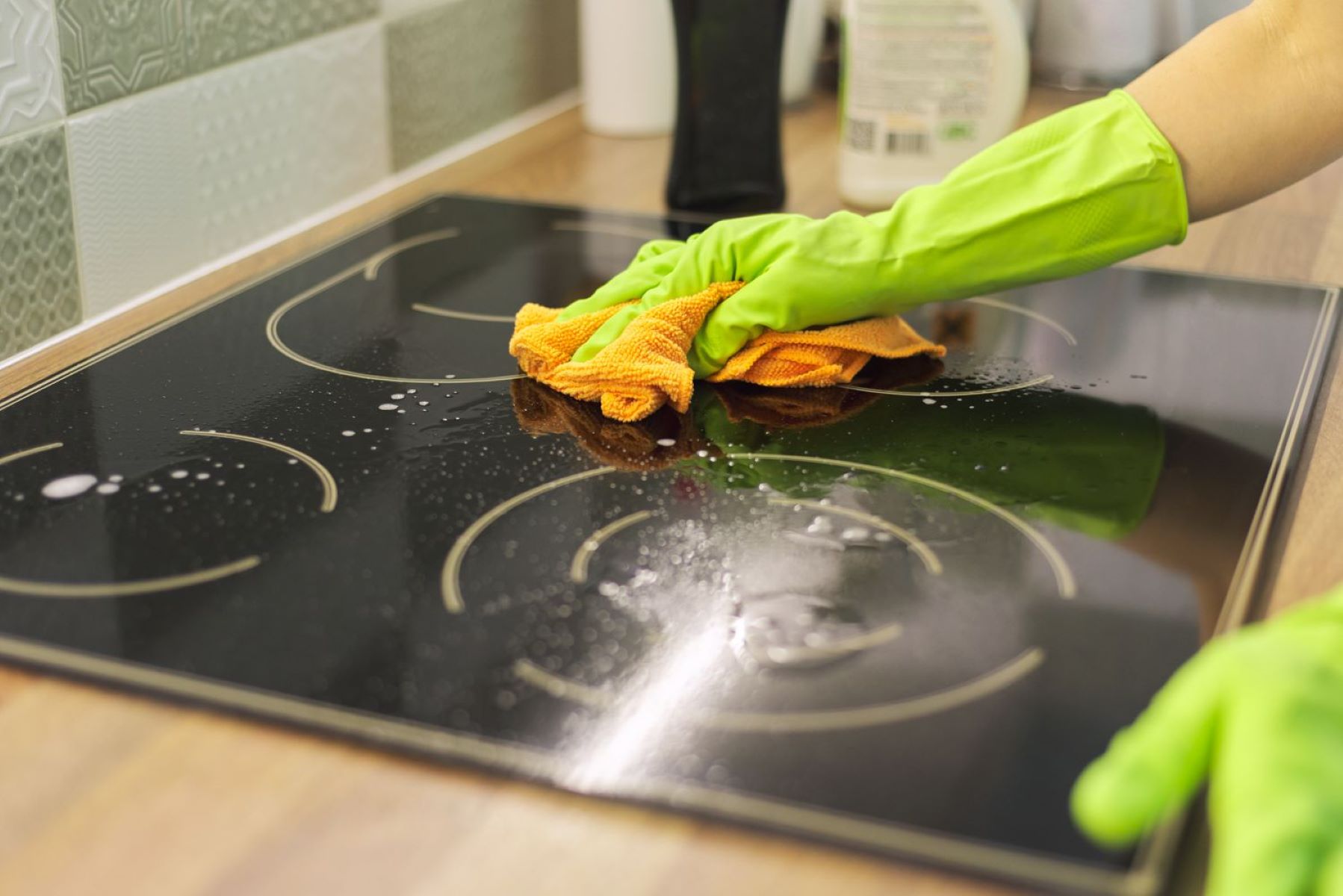

Kitchen Appliances
What Do You Clean Glass Top Stoves With
Modified: April 21, 2024
Discover the best ways to clean glass top stoves with safe and effective kitchen appliances. Keep your stove looking spotless with these expert tips.
(Many of the links in this article redirect to a specific reviewed product. Your purchase of these products through affiliate links helps to generate commission for Storables.com, at no extra cost. Learn more)
Introduction
Cleaning a glass top stove can be a daunting task, especially if you're unsure of the best methods and products to use. Whether you're a seasoned cook or just starting to explore the culinary world, maintaining a clean and sparkling glass top stove is essential for both aesthetic and functional reasons. A clean stove not only enhances the overall look of your kitchen but also ensures that your cooking surface remains safe and efficient.
In this comprehensive guide, we'll delve into the intricacies of cleaning and maintaining glass top stoves. From understanding the unique features of these stoves to exploring common cleaning methods and natural solutions, we'll equip you with the knowledge and techniques needed to keep your glass top stove in pristine condition.
So, if you've ever found yourself pondering, "What do you clean glass top stoves with?" or if you simply want to elevate your stove-cleaning game, you're in the right place. Let's embark on this journey to discover the best practices for achieving a spotless and gleaming glass top stove.
Key Takeaways:
- Keep your glass top stove sparkling by using natural solutions like vinegar and baking soda, lemon juice, and hydrogen peroxide. These eco-friendly options effectively remove tough stains while promoting a healthier and more sustainable approach to cleaning.
- Maintain a clean glass top stove by promptly wiping spills, using suitable cookware, performing regular maintenance checks, avoiding abrasive cleaning tools, scheduling deep cleaning sessions, and protecting the glass surface with covers or mats. These proactive measures ensure the longevity and pristine appearance of your stove.
Read more: What Do You Clean A Glass Top Stove With
Understanding Glass Top Stoves
Glass top stoves, also known as ceramic cooktops, have gained popularity in modern kitchens due to their sleek and elegant appearance. Unlike traditional coil or gas stoves, glass top stoves feature a smooth, flat cooking surface made of tempered glass. This design not only enhances the aesthetic appeal of the kitchen but also offers several functional advantages.
One of the key features of glass top stoves is their heat distribution. Beneath the glass surface, radiant heating elements or induction coils generate heat, which is then transferred directly to the cookware. This efficient heat transfer minimizes heat loss and ensures faster cooking times, making glass top stoves a preferred choice for many home cooks.
Another notable characteristic of glass top stoves is their easy-to-clean surface. The absence of traditional burner grates and drip pans eliminates nooks and crannies where food particles and spills can accumulate. Instead, the flat glass surface can be easily wiped clean, providing a seamless and visually appealing cooking area.
It's important to note that while the smooth glass top enhances the overall aesthetic of the kitchen, it also requires careful handling to prevent damage. Unlike traditional stoves, glass top stoves are susceptible to scratches and cracks if subjected to rough treatment or the use of inappropriate cookware. Therefore, it's essential to use cookware specifically designed for glass top stoves, such as flat-bottomed pots and pans made of materials that won't scratch the glass surface.
Understanding the unique features and maintenance requirements of glass top stoves is crucial for ensuring their longevity and optimal performance. By familiarizing yourself with the intricacies of these modern appliances, you can effectively maintain their pristine appearance and functional efficiency, ultimately enhancing your cooking experience.
Common Cleaning Methods
Cleaning a glass top stove requires a delicate balance between effectively removing stubborn stains and spills while safeguarding the integrity of the smooth glass surface. Fortunately, there are several common cleaning methods that can help you achieve a spotless stove without causing damage.
-
Warm Soapy Water and Soft Cloth: A simple yet effective approach involves using warm, soapy water and a soft cloth to gently wipe down the stove surface. This method is ideal for routine cleaning and can help remove light spills and residue without the need for harsh chemicals or abrasive materials. After wiping the surface with soapy water, be sure to rinse the cloth thoroughly and wipe the stove again to remove any soap residue.
-
Commercial Glass Stove-Top Cleaner: Specifically formulated for glass top stoves, commercial cleaners are designed to tackle tough stains and grease buildup without scratching the surface. When using a glass stove-top cleaner, apply a small amount to the soiled areas and gently scrub with a non-abrasive sponge or cloth. Follow the manufacturer's instructions for the best results and always ensure that the cleaner is compatible with your stove's surface.
-
Razor Blade Scraper: For stubborn, burnt-on residue that is resistant to traditional cleaning methods, a razor blade scraper can be used with caution. This tool is effective for carefully scraping off hardened spills without scratching the glass surface. It's important to use the scraper at a low angle and with gentle pressure to avoid causing damage. Additionally, always ensure that the stove surface is moist or has a cleaning solution applied before using the razor blade.
-
Vinegar and Baking Soda: A natural and eco-friendly alternative, a paste made from vinegar and baking soda can be used to tackle tough stains and grease. Apply the paste to the soiled areas and let it sit for a few minutes to loosen the residue. Then, gently scrub the surface with a soft cloth or sponge before wiping it clean with water. This method is effective for removing stubborn stains while minimizing the use of harsh chemicals.
By incorporating these common cleaning methods into your regular stove maintenance routine, you can effectively keep your glass top stove looking pristine and ensure its longevity. It's important to approach cleaning with care and to avoid using abrasive materials or harsh chemicals that can compromise the integrity of the glass surface. With the right techniques and products, you can maintain a sparkling clean stove that enhances the overall aesthetic of your kitchen.
Natural Cleaning Solutions
When it comes to cleaning a glass top stove, natural cleaning solutions offer a compelling alternative to commercial cleaners, providing effective stain removal while minimizing the use of harsh chemicals. These eco-friendly solutions not only contribute to a healthier indoor environment but also help preserve the integrity of the glass surface. Let's explore some natural cleaning solutions that are both gentle on your stove and the environment.
Vinegar and Baking Soda
A classic combination in natural cleaning, vinegar and baking soda work synergistically to tackle tough stains and grease on glass top stoves. To create a cleaning paste, mix equal parts of white vinegar and baking soda until a thick paste forms. Apply the paste to the soiled areas of the stove and allow it to sit for a few minutes. The acidic nature of vinegar helps break down stubborn residue, while the abrasive action of baking soda aids in lifting the stains. After allowing the paste to work its magic, gently scrub the surface with a soft cloth or sponge before wiping it clean with water. This method not only effectively removes stains but also neutralizes odors, leaving your stove fresh and clean.
Read more: How Do You Clean A Glass Top Stove
Lemon Juice
Lemon juice, with its natural acidity and refreshing scent, is a versatile natural cleaner that can be used to tackle stains and grease on glass top stoves. Simply squeeze fresh lemon juice onto the soiled areas of the stove and let it sit for a few minutes. The acidic properties of lemon juice help dissolve grease and grime, making it easier to wipe away. Additionally, the pleasant citrus aroma leaves behind a refreshing scent, enhancing the overall cleanliness of your stove. After allowing the lemon juice to work its magic, wipe the surface with a damp cloth to reveal a sparkling, residue-free stove.
Hydrogen Peroxide
Hydrogen peroxide, a mild and environmentally friendly disinfectant, can be used to effectively remove tough stains and disinfect the glass top stove surface. Apply a small amount of hydrogen peroxide directly to the stained areas and allow it to sit for a few minutes. The bubbling action of hydrogen peroxide helps lift stubborn stains, making them easier to wipe away. After letting it sit, gently wipe the surface with a damp cloth to reveal a clean and sanitized stove. This method not only removes stains but also provides a hygienic cooking environment without the use of harsh chemicals.
By incorporating these natural cleaning solutions into your glass top stove maintenance routine, you can effectively remove tough stains and grease while promoting a healthier and more sustainable approach to cleaning. These eco-friendly alternatives not only preserve the pristine appearance of your stove but also contribute to a greener and more environmentally conscious kitchen.
Tips for Maintaining a Clean Glass Top Stove
Maintaining a clean glass top stove goes beyond periodic cleaning; it involves adopting proactive measures to preserve its pristine appearance and functional efficiency. By incorporating the following tips into your stove maintenance routine, you can ensure that your glass top stove remains sparkling clean and in optimal condition.
1. Wipe Spills Promptly
Promptly wiping up spills and splatters is crucial for preventing stubborn stains and residue buildup on your glass top stove. Whether it's a sauce spill or a boiling-over mishap, using a soft cloth or sponge to gently wipe away the spills as soon as the stove cools down can prevent them from hardening and becoming more challenging to remove.
Read more: What Are Glass Top Stove Burners Made Of
2. Use Cookware Suitable for Glass Top Stoves
Choosing the right cookware is essential for preserving the integrity of your glass top stove. Opt for flat-bottomed pots and pans made of materials that are compatible with glass surfaces, such as stainless steel, ceramic, or aluminum. Avoid using cookware with rough or uneven bottoms that can scratch or damage the glass surface.
3. Regular Maintenance Checks
Performing regular maintenance checks on your glass top stove can help identify and address any issues before they escalate. Inspect the heating elements, control knobs, and the condition of the glass surface to ensure that everything is in proper working order. Addressing any minor issues promptly can prevent them from developing into more significant problems.
4. Avoid Abrasive Cleaning Tools
When cleaning your glass top stove, steer clear of abrasive cleaning tools such as steel wool or abrasive sponges that can scratch the glass surface. Opt for soft cloths, non-abrasive sponges, or cleaning pads specifically designed for glass top stoves to gently remove stains and residue without causing damage.
5. Regular Deep Cleaning
In addition to routine cleaning, schedule regular deep cleaning sessions to tackle any accumulated residue or tough stains. This can involve using specialized glass stove-top cleaners or natural cleaning solutions to thoroughly clean the surface and maintain its pristine appearance.
Read more: How Do You Cook Scallops On The Stove Top
6. Protect the Glass Surface
Consider using protective covers or mats specifically designed for glass top stoves to prevent scratches and damage when the stove is not in use. These covers can provide an additional layer of protection, especially in households with high cooking activity or when the stove is not used frequently.
By implementing these proactive tips for maintaining a clean glass top stove, you can prolong the lifespan of your appliance and ensure that it continues to enhance the visual appeal of your kitchen. With regular care and attention, your glass top stove can remain a shining centerpiece of your culinary endeavors, providing a clean and inviting cooking surface for years to come.
Frequently Asked Questions about What Do You Clean Glass Top Stoves With
Was this page helpful?
At Storables.com, we guarantee accurate and reliable information. Our content, validated by Expert Board Contributors, is crafted following stringent Editorial Policies. We're committed to providing you with well-researched, expert-backed insights for all your informational needs.
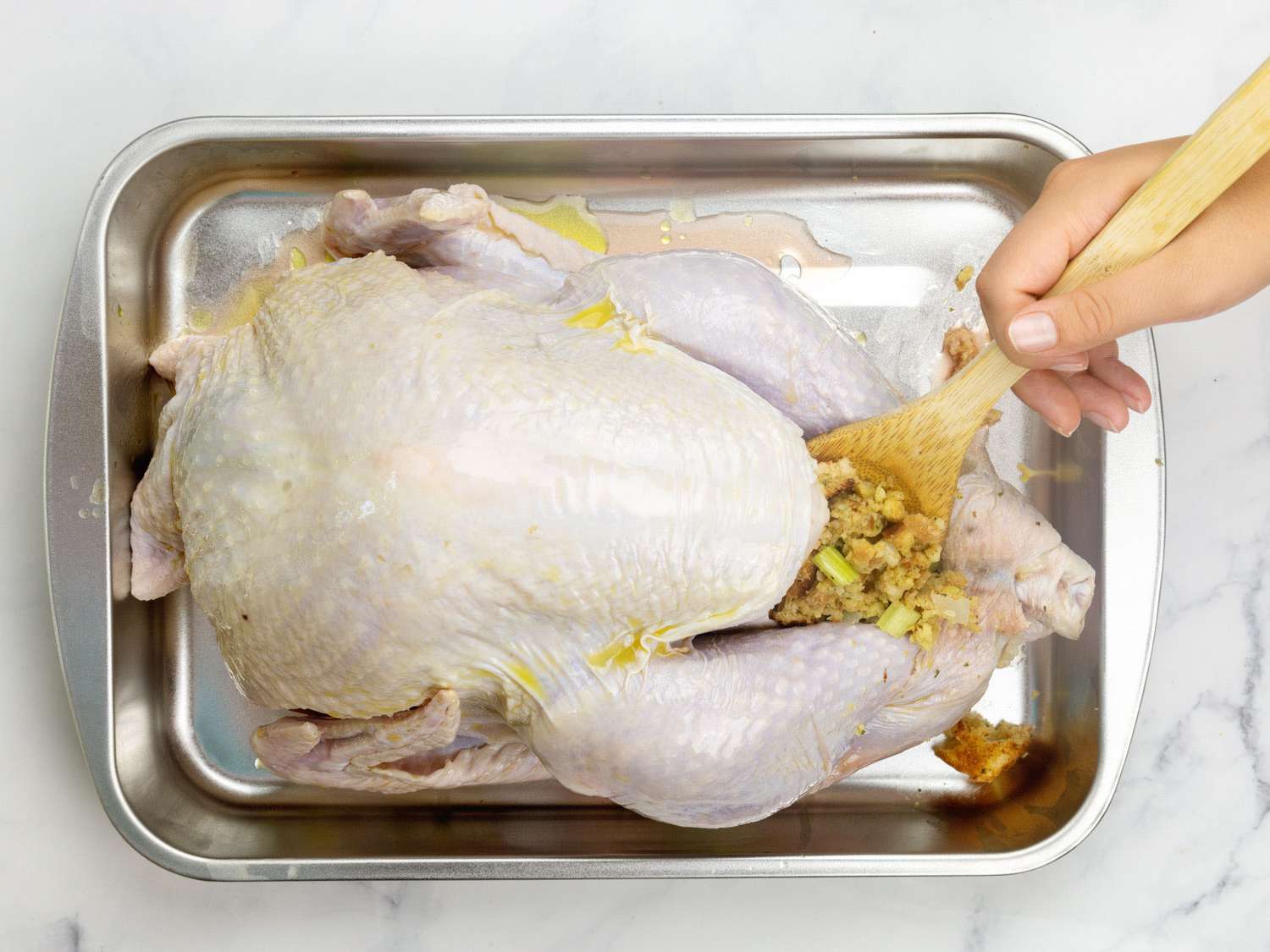
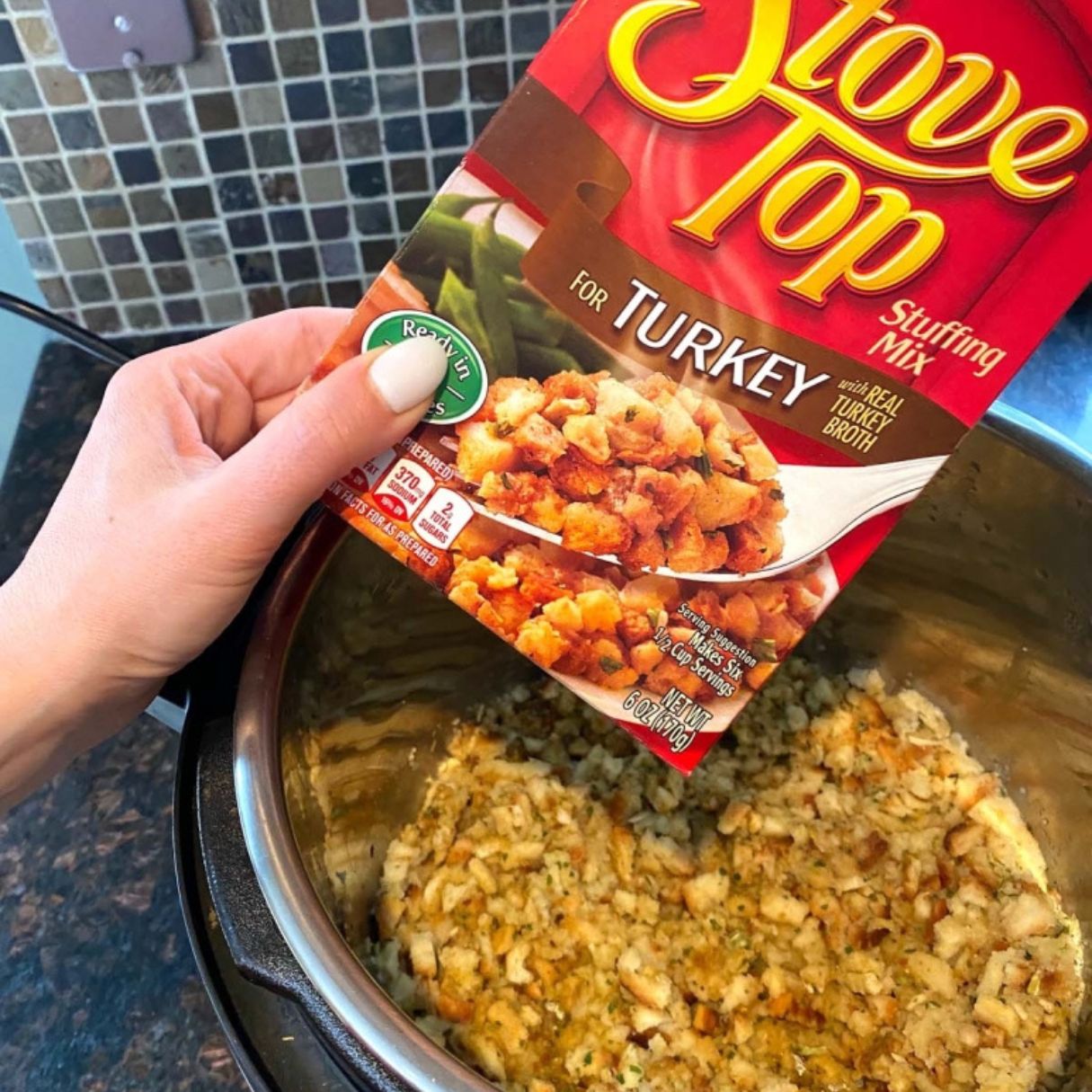
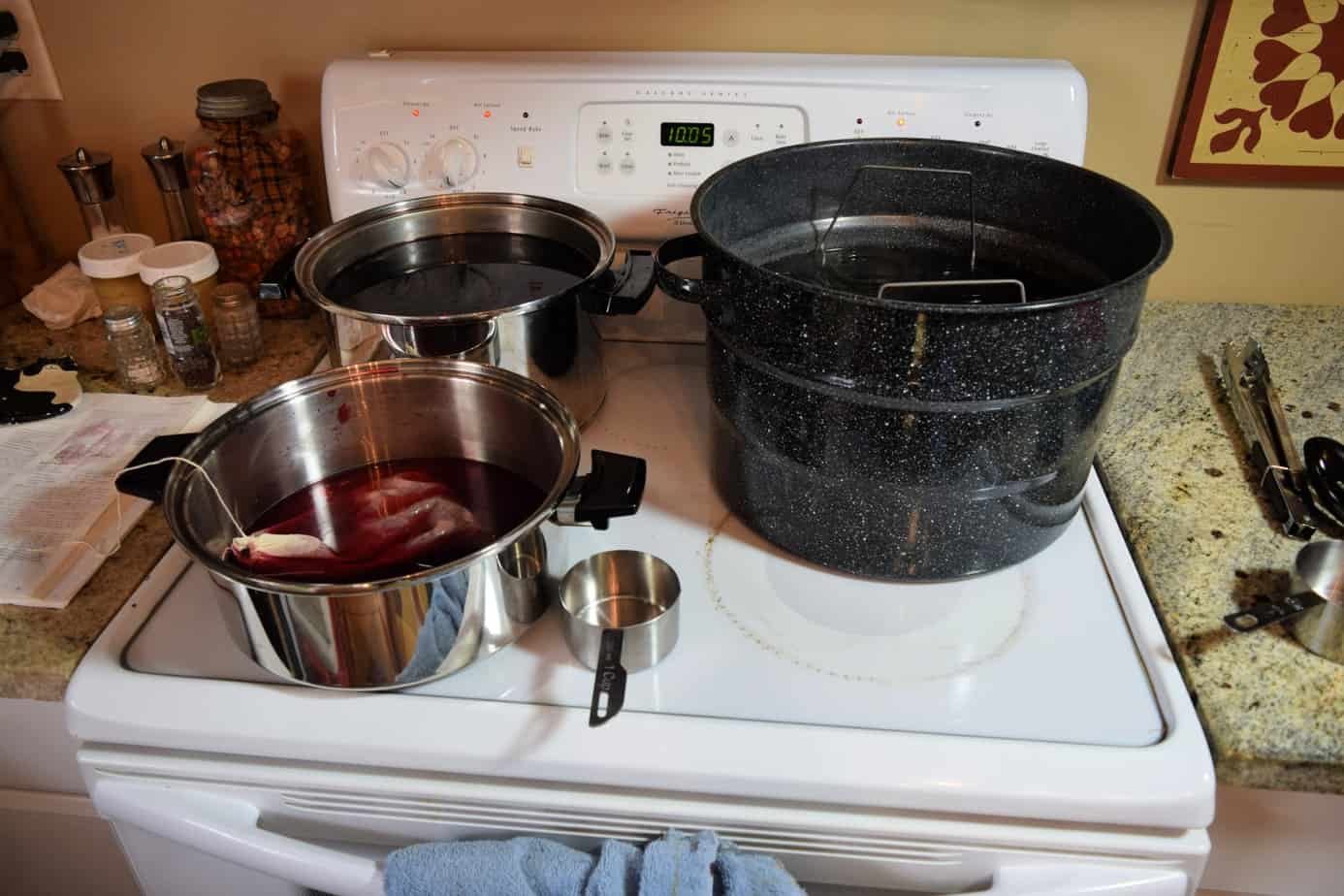
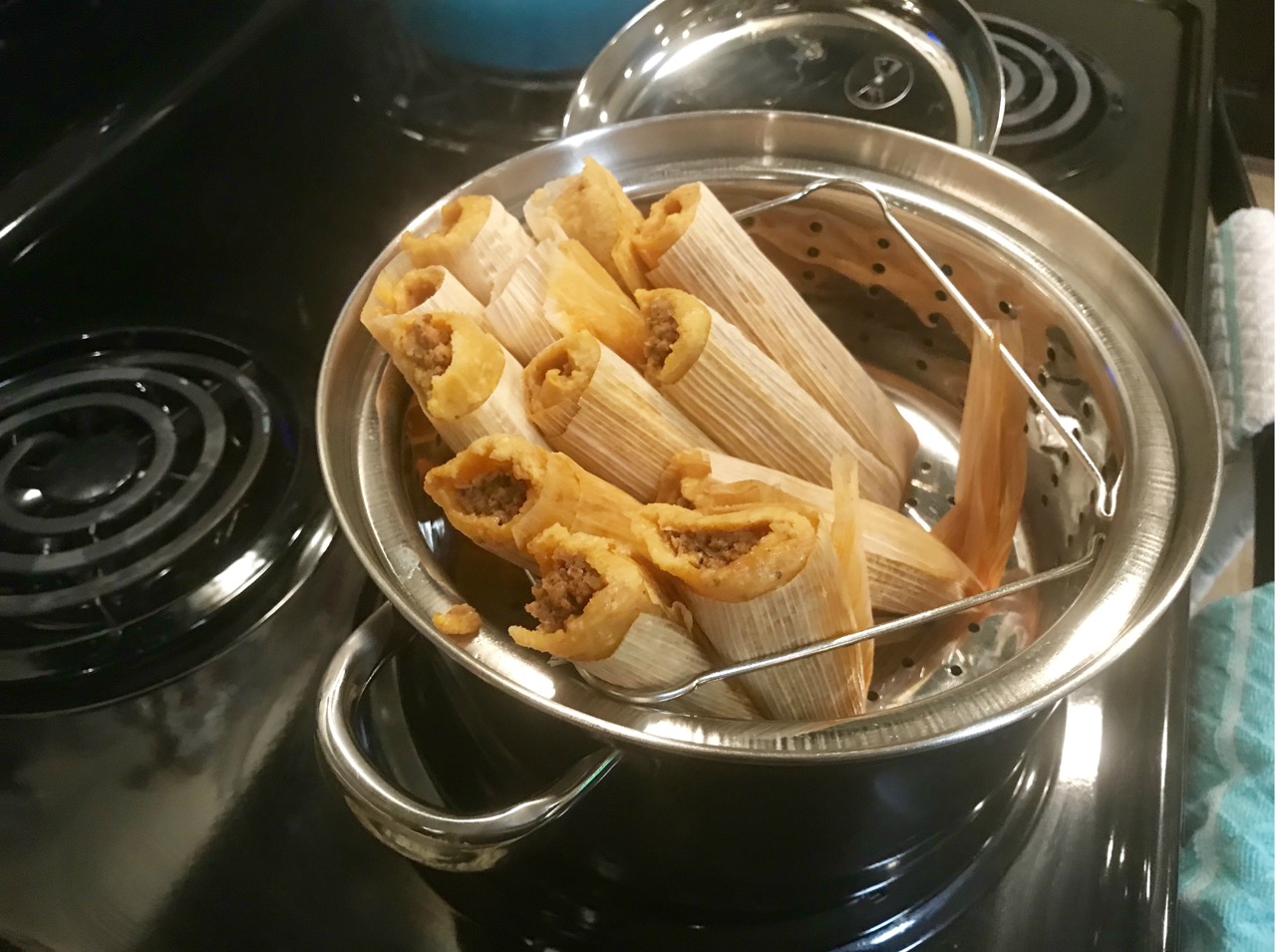
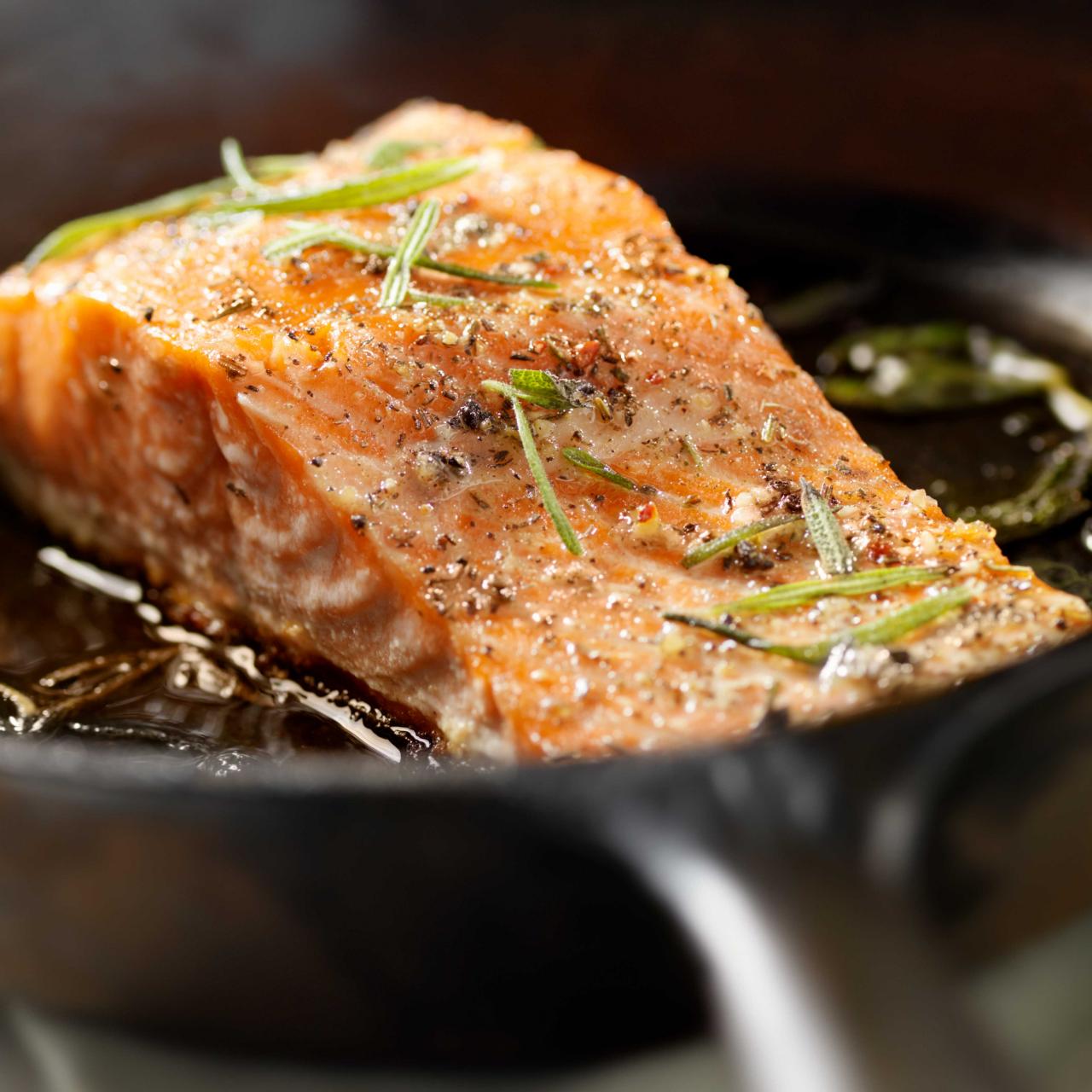
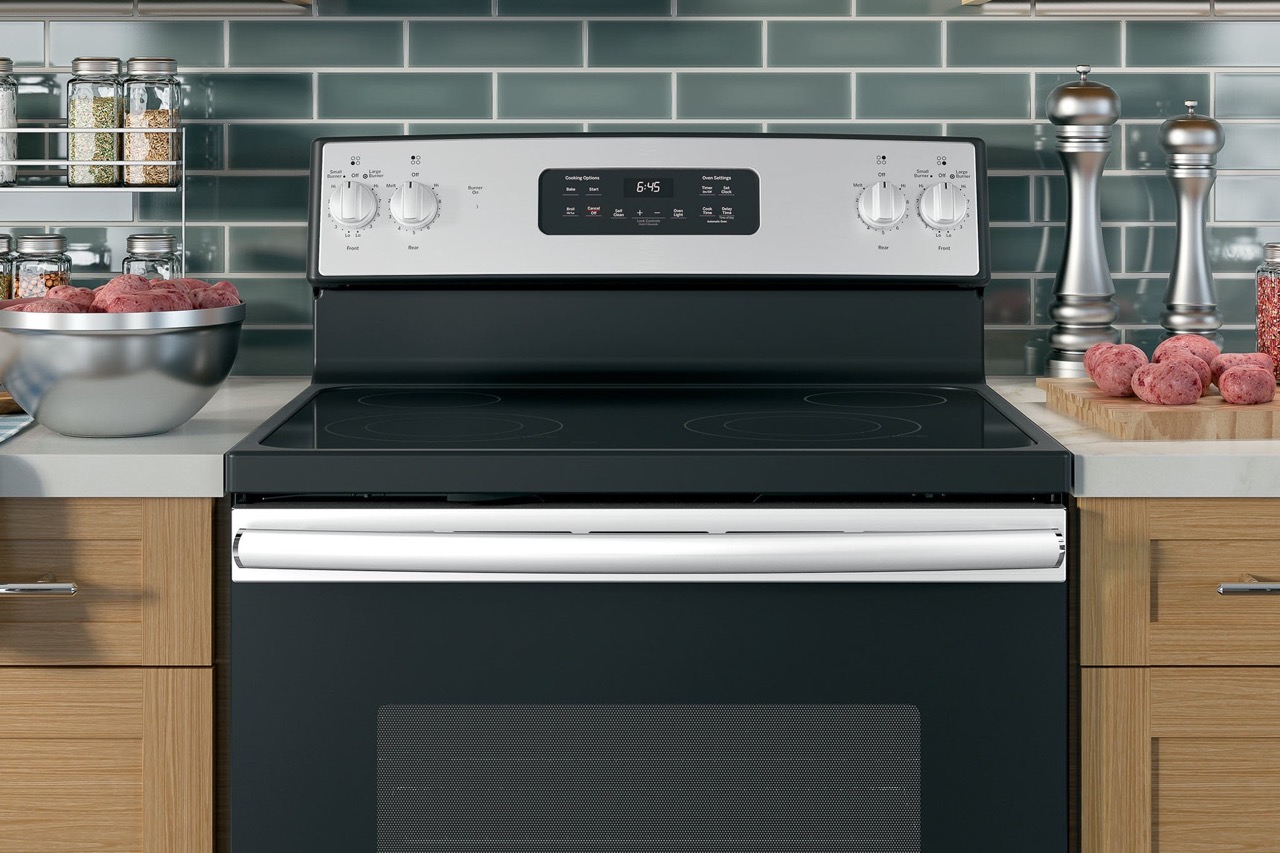
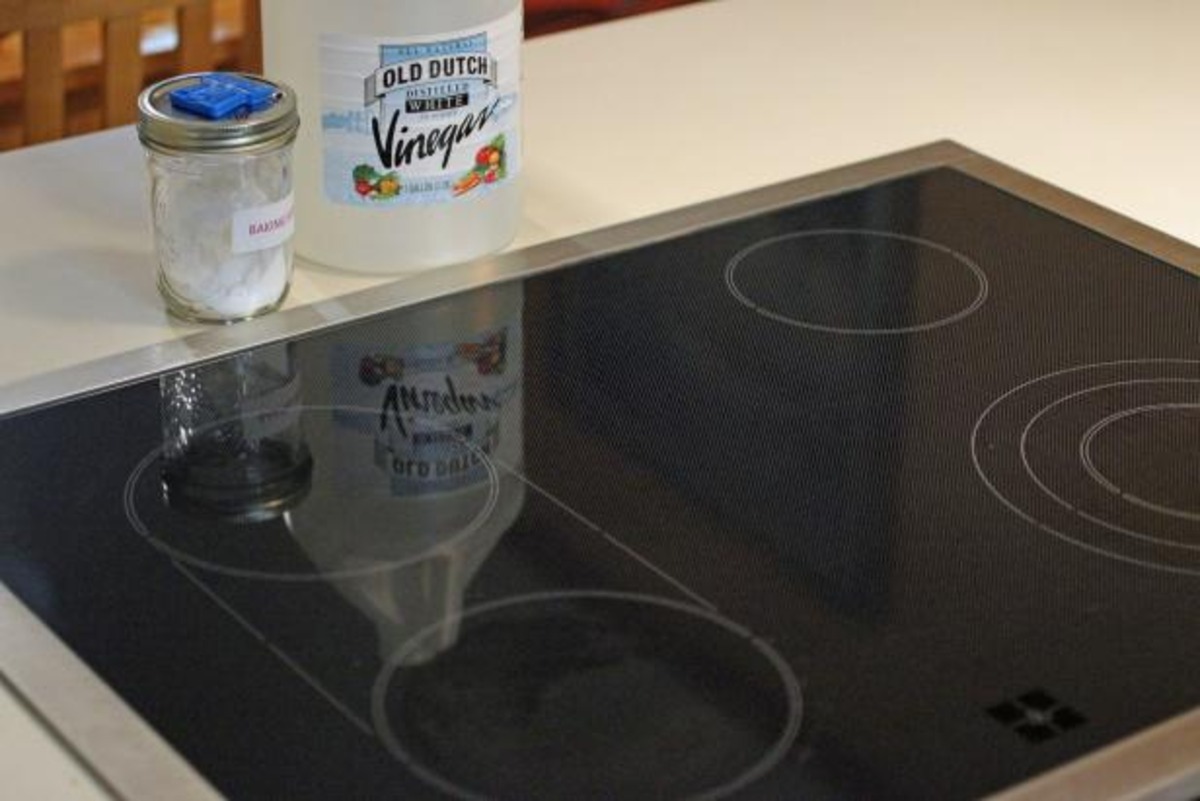
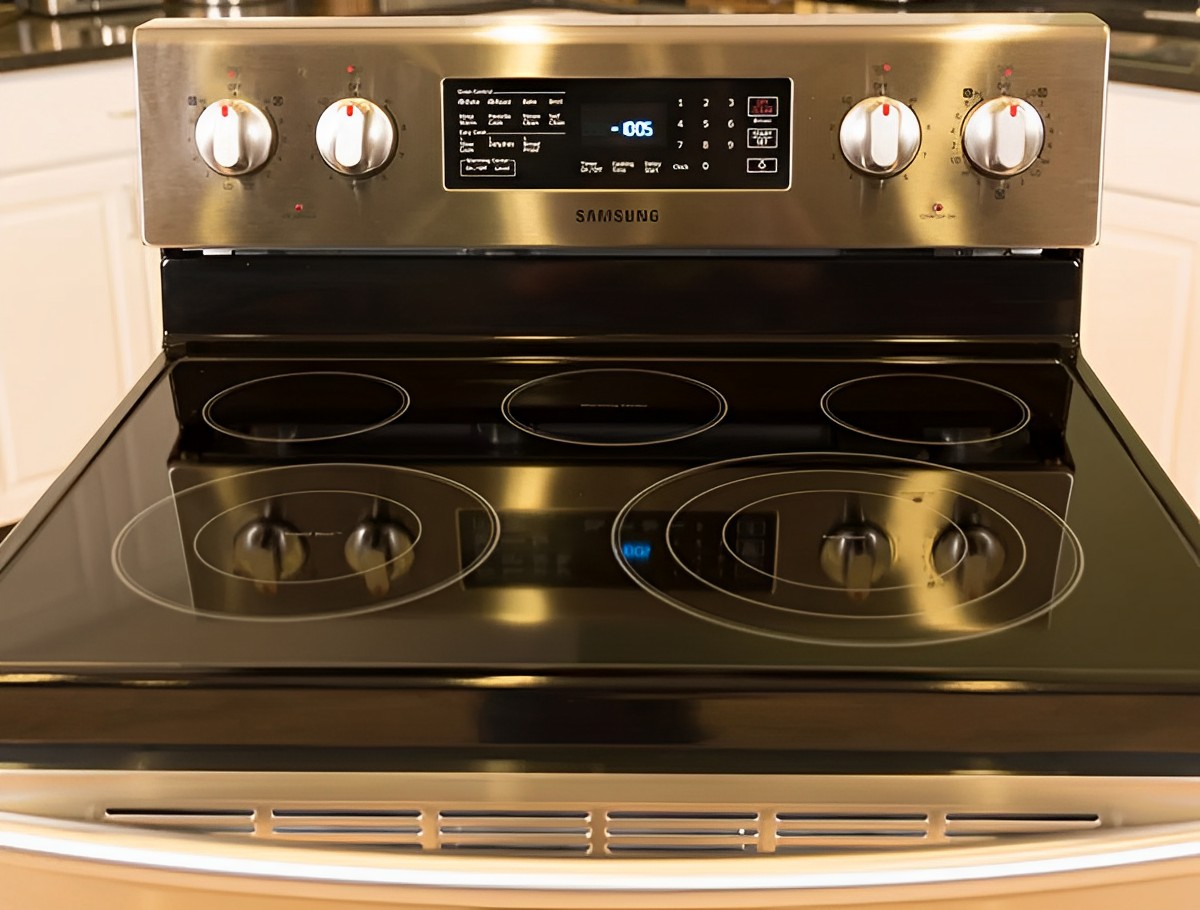
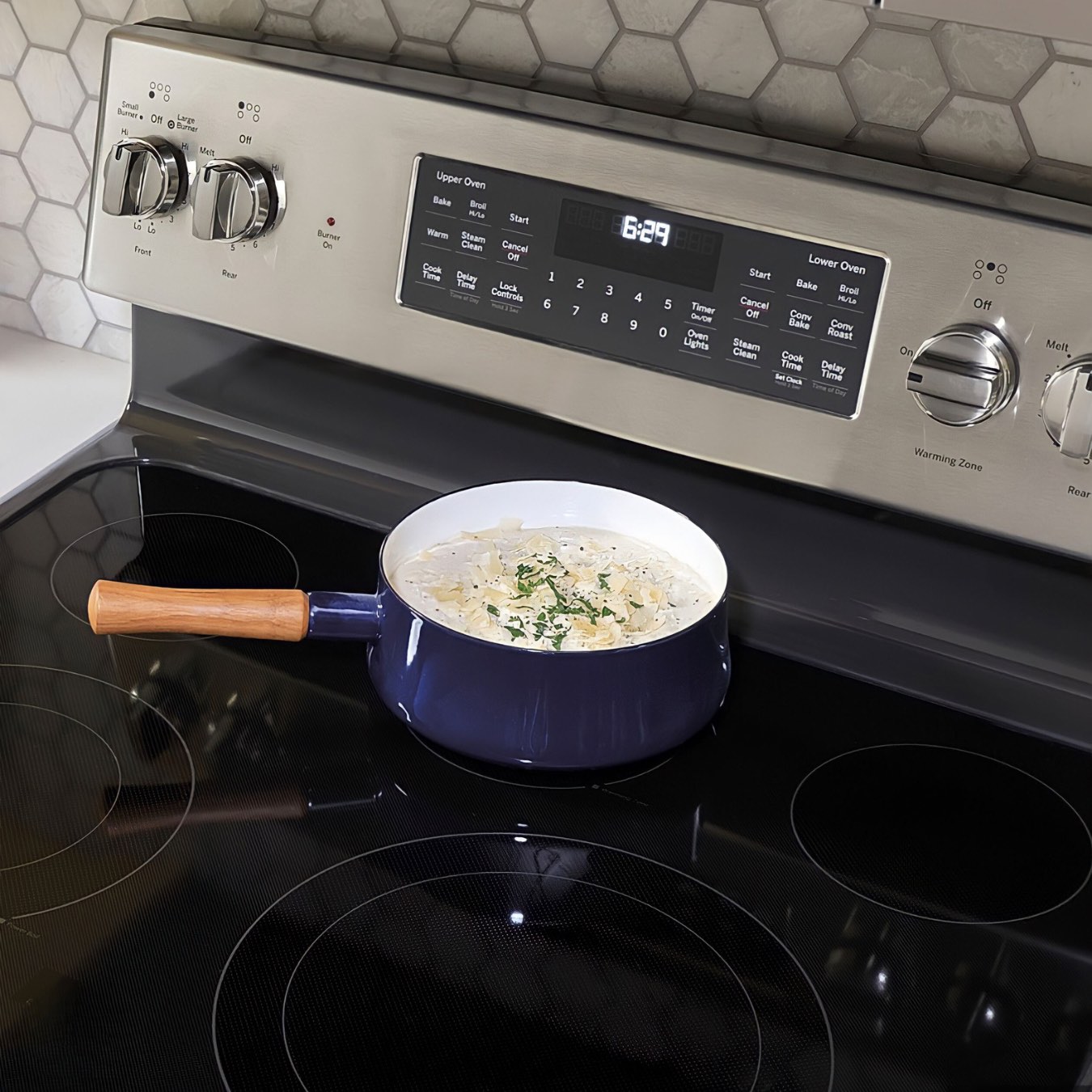
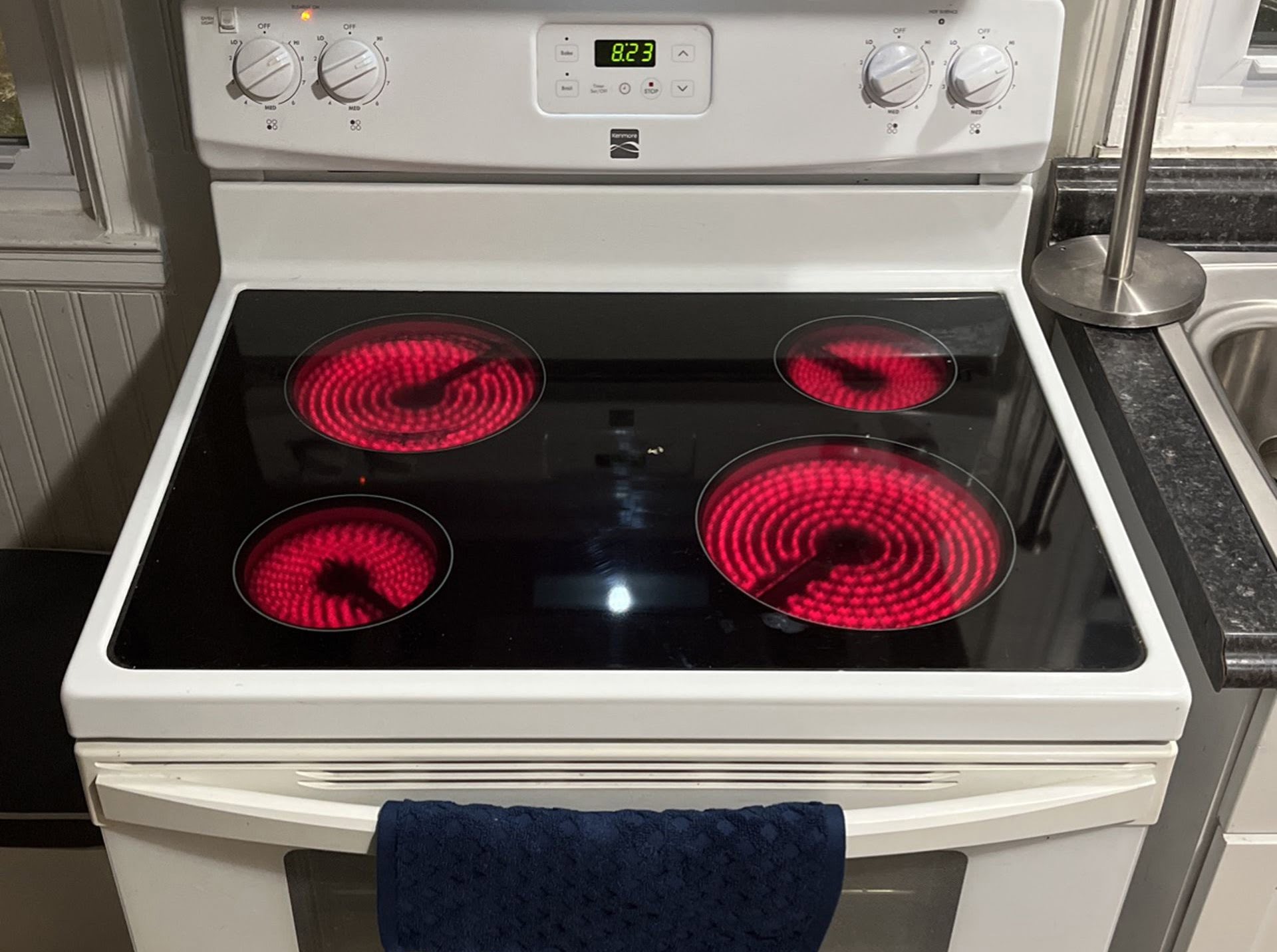
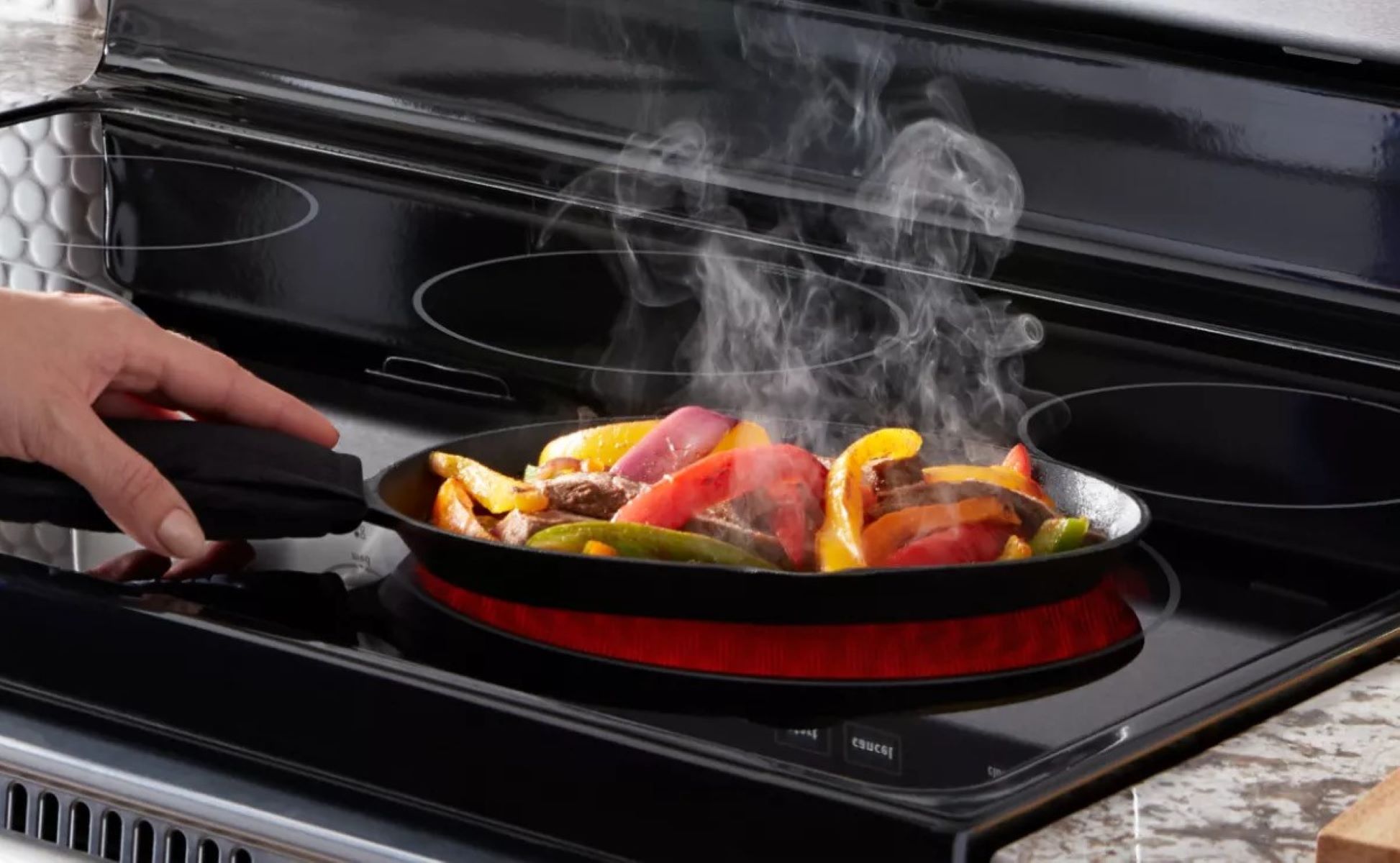
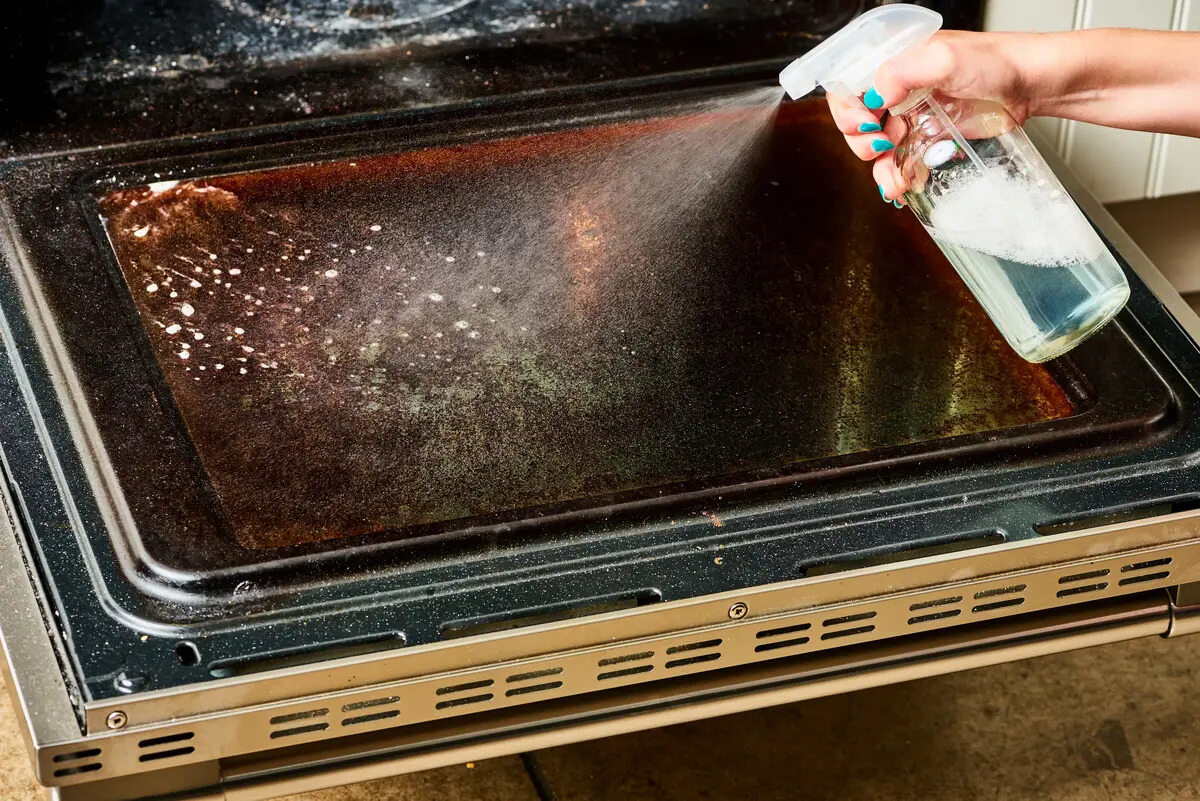

0 thoughts on “What Do You Clean Glass Top Stoves With”